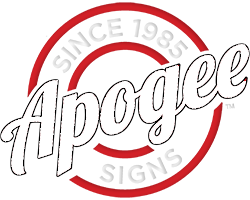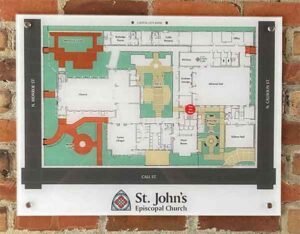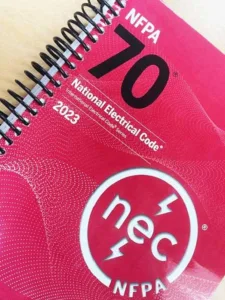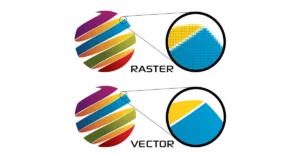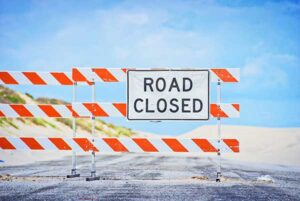 Every day, millions of people rely on roads and highways to get to their destinations. Whether you’re commuting to work, driving to school, or running errands, driving is an essential part of daily life for many people. With so many vehicles on the road, it’s essential to have a system in place to ensure the safety of all road users. This is where regulatory signs come in.
Every day, millions of people rely on roads and highways to get to their destinations. Whether you’re commuting to work, driving to school, or running errands, driving is an essential part of daily life for many people. With so many vehicles on the road, it’s essential to have a system in place to ensure the safety of all road users. This is where regulatory signs come in.
Regulatory signs are a critical component of traffic safety. They communicate legal requirements and restrictions to road users, regulating traffic behavior to ensure that everyone on the road is safe. From speed limits and parking regulations to lane usage rules and other important traffic laws, regulatory signs play a crucial role in maintaining orderly traffic flow and preventing accidents.
In this article, we will explore what regulatory signs are, where they are used, how they are used, and other interesting facts about these critical traffic signs. We’ll discuss the different types of regulatory signs and their functions, as well as the importance of proper placement and maintenance. By the end of this article, you’ll have a better understanding of the vital role that regulatory signs play in ensuring the safety of all road users.
What are regulatory signs?
Regulatory signs are traffic signs that indicate what actions road users must take, or must not take, to comply with traffic laws and regulations. They typically use a white background with black or red letters or symbols. Some regulatory signs are also accompanied by additional panels or symbols to provide more specific information or emphasize a rule.
Regulatory signs are generally classified into three main categories:
- Prohibitory signs: These signs indicate actions that are not allowed, such as “No Parking,” “No U-Turn,” or “Do Not Enter.”
- Mandatory signs: These signs indicate actions that are required, such as “Keep Right,” “Stop,” or “Yield.”
- Warning signs: These signs indicate potential hazards, such as “Slippery When Wet,” “Pedestrian Crossing,” or “School Zone.”
Where are regulatory signs used?
Regulatory signs are used in a wide range of settings to regulate traffic behavior and ensure the safety of road users. Some common locations where regulatory signs are used include:
- On roads and highways: Regulatory signs are found on all types of roads, from rural highways to urban streets. They are used to communicate speed limits, parking regulations, lane usage rules, and other important traffic laws.
- In parking lots: Parking lot signs use regulatory signs to indicate where parking is allowed, where it is prohibited, and other parking regulations.
- In construction zones: Construction zones use regulatory signs to indicate changes in traffic patterns, temporary speed limits, and other hazards associated with road construction.
How are regulatory signs used?
Regulatory signs are used to communicate legal requirements and restrictions to road users in a clear and concise manner. They are designed to be easily recognizable and understood, even at high speeds or in low light conditions. To ensure that regulatory signs are effective, they must be placed in the correct location and be properly maintained.
- Placement: Regulatory signs should be placed in a location where they are easily visible to drivers, and where they provide adequate warning of the regulated activity. For example, speed limit signs should be placed in a location where drivers have enough time to slow down to the posted speed limit.
- Maintenance: Regulatory signs must be regularly inspected and maintained to ensure that they are still visible and legible. Signs that are obscured by vegetation, damaged, or otherwise unreadable can lead to confusion and unsafe driving conditions.
Other interesting facts about regulatory signs
- Regulatory signs are governed by the Manual on Uniform Traffic Control Devices (MUTCD), which provides guidance on the design, placement, and maintenance of all types of traffic signs.
- Regulatory signs can be supplemented with pavement markings or other types of signage to provide additional guidance to drivers.
- Regulatory signs are typically made from durable materials, such as aluminum or reflective sheeting, to ensure that they are visible and legible for many years.
In conclusion, regulatory signs are a fundamental aspect of traffic safety. They play a vital role in regulating traffic behavior, ensuring that drivers, pedestrians, and cyclists can safely navigate our roads and highways. By providing clear and concise communication of legal requirements and restrictions, regulatory signs help prevent accidents and keep everyone on the road safe.
It’s important to note that regulatory signs are just one aspect of traffic safety. Safe driving practices, proper vehicle maintenance, and following traffic laws and regulations all contribute to creating a safer environment on our roads. However, regulatory signs are a critical tool in achieving this goal, and it’s essential to understand their function and proper usage.
As drivers, it’s our responsibility to be aware of and follow regulatory signs. They provide valuable information that helps us make informed decisions on the road, and following their instructions can prevent accidents and save lives. By maintaining awareness and respect for regulatory signs, we can all work together to make our roads safer for everyone.
